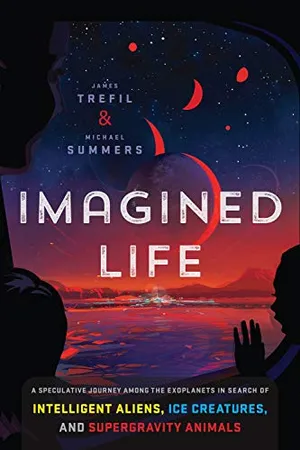If Aliens Existed Elsewhere in the Universe, How Would They Behave?
In a new offering from Smithsonian Books, James Trefil and Michael Summers explore the life forms that might exist on a dizzying array of exoplanets
/https://tf-cmsv2-smithsonianmag-media.s3.amazonaws.com/filer/ec/33/ec33eff2-8666-4dc9-8751-a4f3abcb8ddc/gettyimages-976208308.jpg)
We all remember the nursery story “Goldilocks and the Three Bears.” We delight in telling our children and grandchildren about how Papa Bear’s porridge was too hot, Mama Bear’s porridge was too cold, but Baby Bear’s porridge was juust right. It’s not surprising, then, that when scientists began thinking about the fact that Earth’s oceans had to stay liquid for billions of years in order for life to survive—the planet’s temperature had to be not too hot and not too cold but just right—they christened it the first “Goldilocks planet.”
Look at it this way: Like all stars of its type, our Sun has grown gradually brighter over the 4.5 billion years since it formed. When the oceans first formed on Earth, about 4 billion years ago, the Sun was about 30 percent dimmer than it is now, so the planet had to retain a lot more of the incoming solar energy to keep its oceans from freezing. As time went on and the Sun poured more energy onto Earth, the makeup of the planet’s atmosphere changed as well, influencing the temperature through the greenhouse effect. Yet in spite of all of this, it appears that the oceans stayed just a few degrees above freezing throughout Earth’s history. Not too cold, and not too hot.
To take just one example of atmospheric change, we know that 3.5 billion years ago Earth’s oceans were home to thriving colonies of cyanobacteria—much like what we call green pond scum. At that time, there was virtually no free oxygen in the atmosphere, but the bacteria were giving off oxygen as a waste product of photosynthesis (as plants still do today). At first, this oxygen was removed by chemical reactions, such as the rusting of iron in surface rocks, but about 2.5 billion years ago, its abundance began to increase in what some scientists call the Great Oxidation Event. Presumably, many original inhabitants of the planet that could not tolerate oxygen then went extinct, drowned in their own waste products. Others, however, adapted and were able to use the oxygen to drive the respiration cycle that keeps you and every other animal on the planet alive today.
In 1978, the astrophysicist Michael Hart, then at Trinity University in Texas, published a computer model that described the history of Earth’s atmosphere. In this model, the faint warmth of the early Sun was aided by a greenhouse effect produced by ammonia and methane in the atmosphere (both of these, like the more familiar carbon dioxide, CO2, are greenhouse gases). As the Sun grew brighter, the oxygen produced by living organisms destroyed these compounds, decreasing the greenhouse effect and thus compensating for the increased radiation from the Sun. Eventually, our current atmosphere, with a greenhouse effect driven by carbon dioxide and water vapor, emerged. In essence, Earth walked a knife edge between becoming a runaway greenhouse on one side and freezing solid on the other.
The most important part of Hart’s calculation from our point of view, however, came from looking at what would have happened had Earth been at a different distance from the Sun than where it actually is. According to his model, had Earth been one percent farther from or five percent closer to the Sun, the delicate balance that allowed the oceans to remain in liquid form would have been lost. Thus, considerations of the evolution of our planet’s atmosphere led to the idea that there is a band around a star in which surface oceans can remain liquid over billions of years. This band is called the circumstellar habitable zone (CHZ) and has become one of the central ideas driving scientists’ thoughts about life on exoplanets.
Imagined Life: A Speculative Scientific Journey among the Exoplanets in Search of Intelligent Aliens, Ice Creatures, and Supergravity Animals
This book is no fictional flight of fancy: scientists James Trefil and Michael Summers take what we know about exoplanets and life on our own world and use that data to hypothesize about how, where, and which sorts of life might develop. Imagined Life is a must-have for anyone wanting to learn how the realities of our universe may turn out to be far stranger than fiction.

Circumstellar Habitable Zones and Habitability
The first thing we can say about CHZs is that every star will have one. There will always be a band around the star, in other words, where the energy balance could keep the temperature of a planetary surface between the freezing and boiling points of water. For small, dim stars, the band is narrow and close. Many of the known exoplanets in the CHZ of their star, for example, are closer to that star than Mercury is to the Sun. Similarly, the CHZ of large, bright stars is broader and lies farther out. Also, as noted above, the energy output of a star increases over time, so the habitable zone actually moves outward as the star ages. The important point, however, is that because every star has a CHZ somewhere, we expect that, just by chance, some planets will have formed in those zones.
Having made that point, though, we have to add that over the past decade or two, scientists have come to realize that the CHZ must be considered much more carefully than a simple calculation of temperature balance allows. As the MIT astrophysicist Sara Seager points out, a planet in the habitable zone has no guarantee of actually being habitable. There are, in fact, many factors that can influence the possibility of life on worlds in a CHZ.
As the exploration of exoplanets has progressed, finding an Earth-type planet in a CHZ has become something of a holy grail in the astronomical community. But today we have realized that there is more to the habitability of a planet than the location of its orbit. For example, researchers have looked at worlds that were not in the CHZ of their stars, had no surface oceans of liquid water, and yet were possible homes for life and even advanced civilizations. Considerations like these have led scientists to take a much broader view of the conditions necessary for the appearance of life.
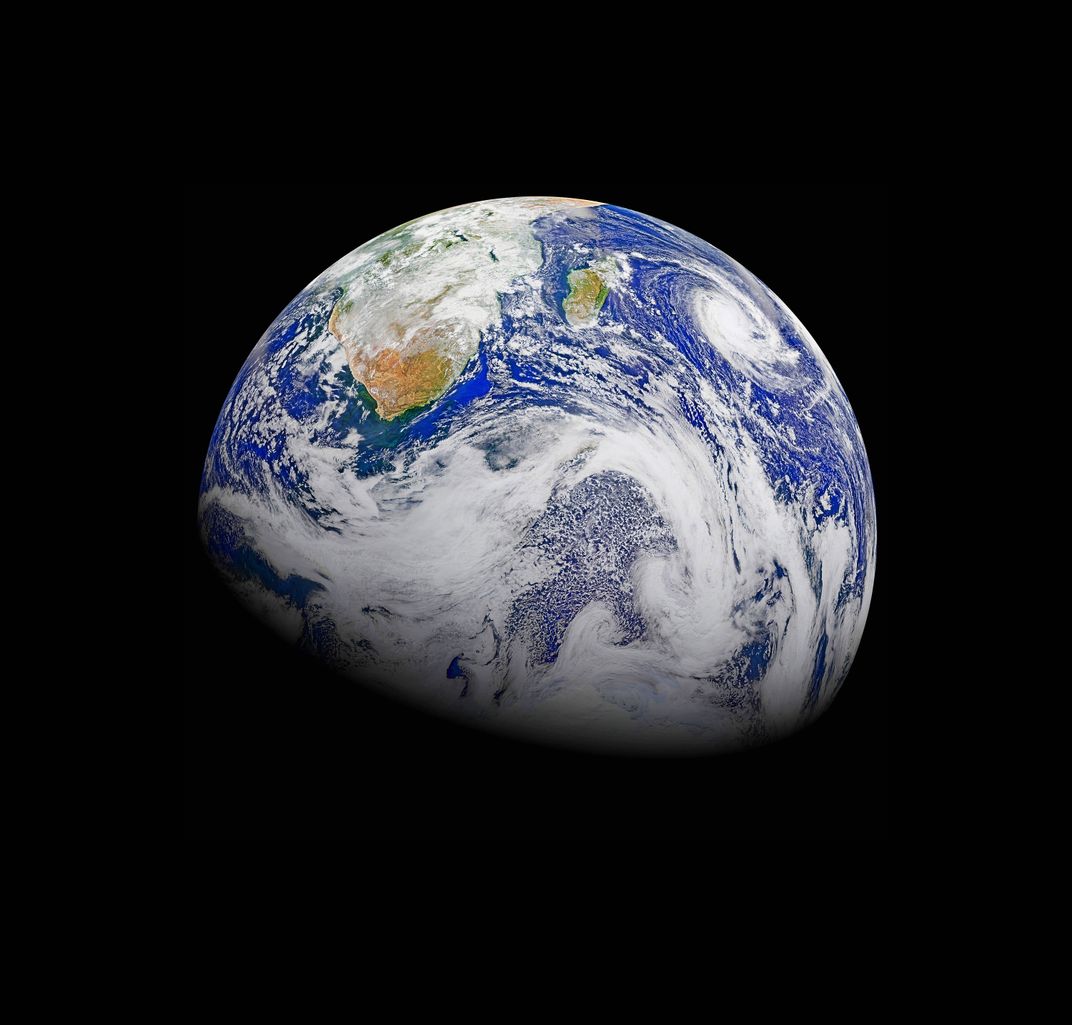
The Type of Star Involved
The type of star around which a planet revolves can have important consequences for the development of life, even for planets in a CHZ. Small, dim stars, for example, which are called red dwarfs and make up the largest fraction of stars in the Milky Way, often go through periods of extreme activity. Stellar flares and ejections of massive amounts of charged particles would make life on any planetary surface very difficult, whether the planet was in the CHZ or not. In such systems, it’s likely that life would have to remain on the ocean floor or underground to survive. In such situations, the CHZ simply becomes irrelevant.
Scientists are beginning to abandon the idea that life has to evolve and persist on the surface of planets. Many current arguments, for example, conclude that any living organisms on Mars will be found beneath the surface. In addition, if life exists in subsurface oceans in the outer solar system, such as in the oceans of Europa and Enceladus, it will be, by definition, beneath the surface. Even on Earth, it appears that there may be a greater biomass beneath the planetary surface than on it. Thus, the intense radiation environment associated with small stars need not preclude the development of life, even though that life would probably be impossible to detect directly with our current technology.
More massive stars, on the other hand, provide a more benign radiation environment, but they can have relatively short lifetimes. In some cases, they may live for as little as 30 million years. It is unlikely that anything except simple microbial life could evolve on a planet in such a short amount of time. In addition, such stars end their life in a massive explosion called a supernova, which would surely destroy any nearby planets. Thus, even if life did manage to develop in the CHZ of such a star, all trace of it would be wiped out when the star died.
It is because of these constraints that exoplanet hunters have concentrated their attention on planets in the CHZ of medium-sized stars like the Sun.
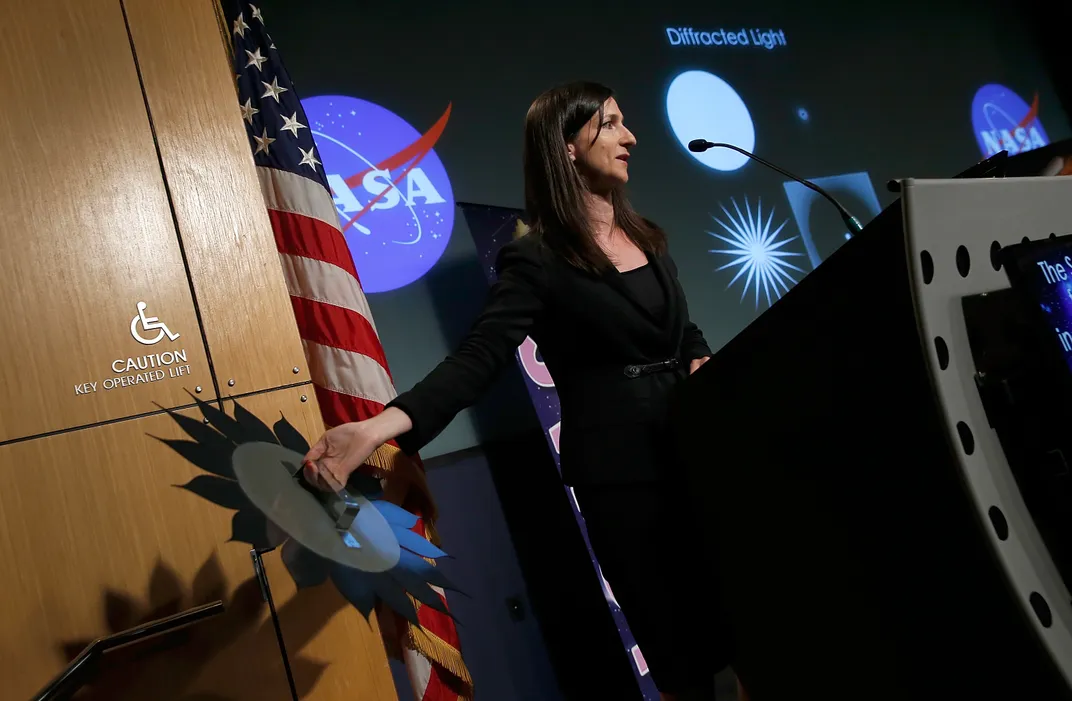
The Evolution of the Atmosphere
The second source of complexity in the discussion of habitability arises because planetary atmospheres are not stable, unchanging systems but evolve over time. Earth’s Great Oxidation Event is just one example of this sort of process.
For small planets like Mars, the atmosphere’s gravitational escape plays a big role. Here’s how it works: The molecules that make up the atmosphere of a planet are always in motion, and the higher the temperature, the faster they move. Regardless of the temperature, however, there will always be some molecules that are moving faster than the average and some that are moving slower. If the faster-moving molecules acquire enough speed and happen to be moving in a direction perpendicular to the planet’s surface, they can overcome the planet’s gravitational pull and escape into space.
The bigger the planet, the stronger its gravitational force and the easier it is to retain the atmosphere. On Earth, for example, a molecule would have to be moving about seven miles per second (11 km/sec) to escape. It is important to note that it is harder to boost heavy molecules to high velocity than it is to boost light ones. This means that lighter molecules are more likely than heavy ones to be lost to gravitational escape. Earth, for example, has lost a large amount of its original hydrogen and helium—the lightest members of its atmosphere—while Mars has lost even heavier gases such as oxygen and nitrogen.
A related loss mechanism called photodissociation is particularly important for water molecules. If there is water on the surface of a planet, there will be some water vapor in the atmosphere. Ultraviolet radiation from the planet’s star will break up the water molecules that find themselves in the upper reaches of the atmosphere. The resulting hydrogen, being light, will be lost through gravitational escape, and the oxygen will combine with atoms on the surface to create various oxidized minerals. We believe, for example, that this is how Mars lost the ocean it had early in its history, and that the planet’s red color is a result of the oxidation (rusting) of iron in its surface rocks.
Another important kind of change concerns carbon dioxide, an important greenhouse gas (along with water vapor) in Earth’s atmosphere. Every time a volcano goes off on Earth, carbon dioxide is released from deep within the mantle and pumped into the atmosphere. In a complex process known as the deep carbon cycle, the carbon dioxide is taken into the ocean and incorporated into materials like limestone, after which it can be, among other things, taken back into Earth’s interior. Thus, the general geological processes on a planet can affect the amount of carbon dioxide in its atmosphere, and this, in turn, will influence its temperature. We believe that any surface oceans that existed on Venus early in its history would have evaporated because of the planet’s high temperature, a result of its proximity to the Sun. Thus, Venus had no way of removing carbon dioxide from its atmosphere, and, lacking a deep carbon cycle, the planet suffered a buildup of that gas in what is known as a runaway greenhouse effect.
These examples show that changes in an exoplanet’s atmosphere— changes, we have to point out, that we cannot observe with current telescopic instrumentation—can have profound effects on its habitability. To give just one example, a planet that was in the CHZ of its star but happened to have very little water might suffer a runaway greenhouse effect and wind up like Venus. From a distance, it would be very hard to know whether this had happened or not.
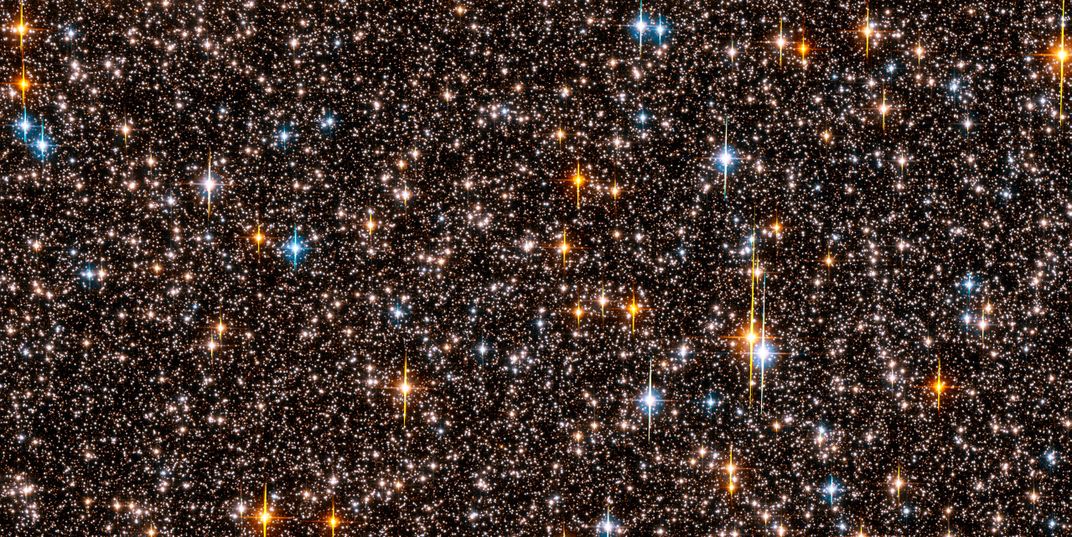
Intelligence and Technology
The fact that we have a pretty good understanding of how and when life developed on one Goldilocks world (Earth) takes some of the guesswork out of the discussions of the development of life on these sorts of planets. Although the chemistry of alien life need not be based on the same system that operates in life on Earth, it is not too much of a leap to assume that life forms on other Goldilocks worlds will similarly depend on the complex information contained in large, carbon-based molecules. Carbon can form strong, stable chains and rings of atoms that are ideal for use as information-carrying biomolecules.
In addition, we don’t have to assume the standard science fiction galaxy populated by bipedal hominids that speak English to understand how natural selection might operate on other Goldilocks worlds. We can look at the development of intelligence and technology on Earth and draw possible analogies to similar Goldilocks planets in the galaxy.
The key point about natural selection that we have to pay attention to is this: it is not a process that selects for niceness or moral worth. An old joke makes this point:
Two hikers in the mountains encounter an obviously hungry
grizzly bear. One of the hikers starts to shed his backpack.
The other says, “What are you doing? You can’t run faster
than that bear.”
“I don’t have to run faster than the bear—I just have to run
faster than you.”
It makes no difference if the slower runner is a kind man who helps old ladies across the street. Natural selection doesn’t care. The only thing that matters is that his companion is faster. Those are the genes that will make it into the next generation.
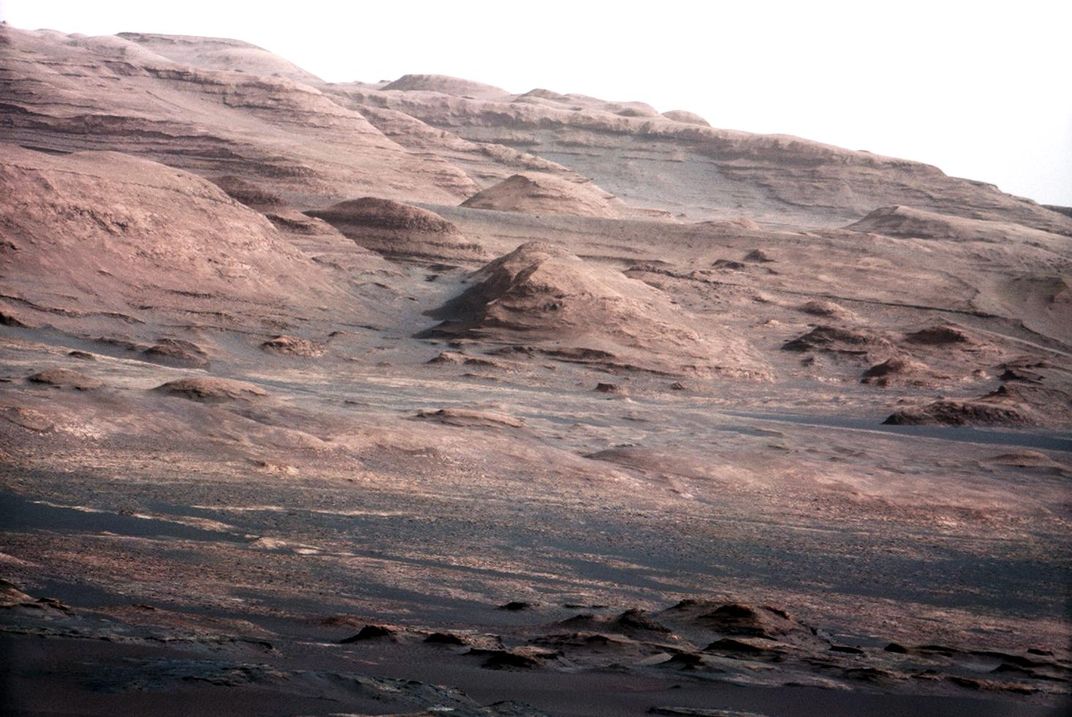
Life Forms on Goldilocks Worlds
So what does this tell us about the types of life forms that will develop on Goldilocks worlds? We’re afraid that the answer isn’t very encouraging, for the most likely outcome is that they will probably be no more gentle and kind than Homo sapiens. Looking at the history of our species and the disappearance of over 20 species of hominids that have been discovered in the fossil record, we cannot entertain a hopeful attitude toward the possibility that we will encounter an advanced technological species that is more peaceful than we are. Anyone we find out there will most likely be no more moral or less warlike than we are. Scary!
Look at it this way: If we compress the history of the universe into a single year, Earth and our solar system formed around Labor Day, and the development of science occupies no more than the past few seconds. It is extremely unlikely that no other beings would have developed science in the entire “year” before Homo sapiens showed up. The laws of physics and chemistry aren’t obscure or hidden—any moderately intelligent civilization can discover them. At least some of those Goldilocks civilizations would have to do so. Some extraterrestrial Isaac Newton somewhere must have jump-started the move toward an advanced technological civilization. The most disturbing fact is that we can find no evidence of any such civilization. Even if there is no faster-than-light warp drive and we make no major advances in technology, calculations suggest that in 30 million years—less than a day in our universal year—the human race could spread throughout the galaxy. If we can do this, then so could any other civilization as advanced as we are.
So where are these other civilizations? This question is an expression of what is called the Fermi paradox (named after Enrico Fermi (1901 to 1954), one of the leading physicists of the 20th century). Someone once mentioned calculations to him that suggest there are millions of advanced civilizations in the galaxy. Fermi thought for a moment and then asked, “Where is everybody?” Why, in other words, aren’t they here already? Why do we experience what scientists call “the Great Silence” as far as extraterrestrials are concerned?
Scientists and science fiction writers, being the imaginative souls that they are, have produced many possible explanations. Here are a few of the most popular:
- The zoo hypothesis: Extraterrestrials have declared Earth to be something like a protected wilderness area.
- The Star Trek hypothesis: Extraterrestrials have adopted a Prime Directive that prevents them from interfering with developing civilizations such as our own.
- The paradise hypothesis: The extraterrestrials are fat and happy in an ideal environment and have no interest in exploration.
- The replacement hypothesis: Organic life has been replaced by intelligent machines (a future often envisioned for the human race), and machines have no interest in contacting organic life.
The problem, however, is that while we can imagine any of these scenarios playing out in a few extraterrestrial civilizations, it’s really hard to consider any of them as the inevitable outcome of the development of life.
There must be many millions of Earth-sized planets in their stars’ CHZs, a conjecture supported by the fact that we have already found a couple dozen of them in our small sample of a few thousand exoplanets. That all of them would adopt something like Star Trek’s Prime Directive, for example, is extremely unlikely. We’re afraid that the most logical answer to the question of why we aren’t aware of the existence of advanced extraterrestrial civilizations is that these civilizations aren’t there. As far as we can see, the only explanation for this that depends on the laws of nature is one that depends on the operation of natural selection.
This leads us to a very dark possibility about the fate of life on Goldilocks worlds. Given the tendency of natural selection to produce aggressive species—species like Homo sapiens—it is possible that the entire history of the universe has been taken up by the process of evolution producing intelligent life forms on one Goldilocks planet after another, only for those life forms to wipe themselves out once they discover science. In other words, there may have been vast numbers of civilizations that reached our level out there, but they all destroyed themselves before they could colonize their nearby stars. This doomsday scenario is a common explanation for the Fermi paradox.
It’s a chilling thought.
Excerpt from Imagined Life by James Trefil and Michael Summers © James Trefil and Michael Summers from Smithsonian Books.
A Note to our Readers
Smithsonian magazine participates in affiliate link advertising programs. If you purchase an item through these links, we receive a commission.
